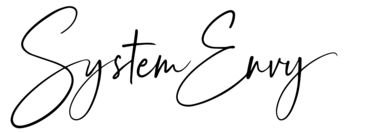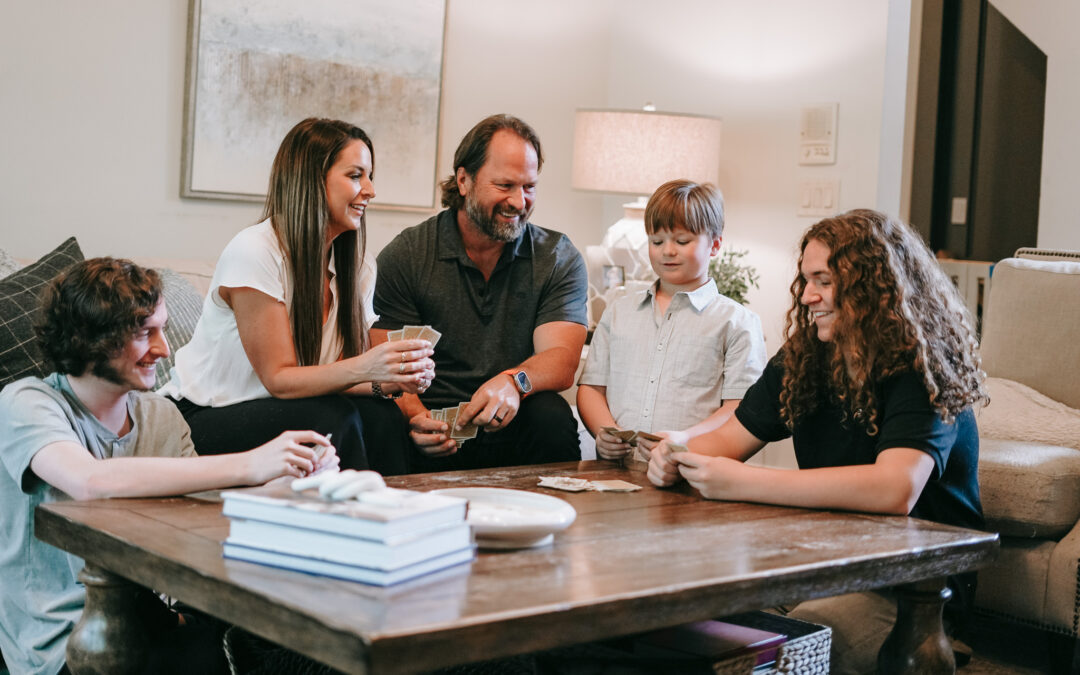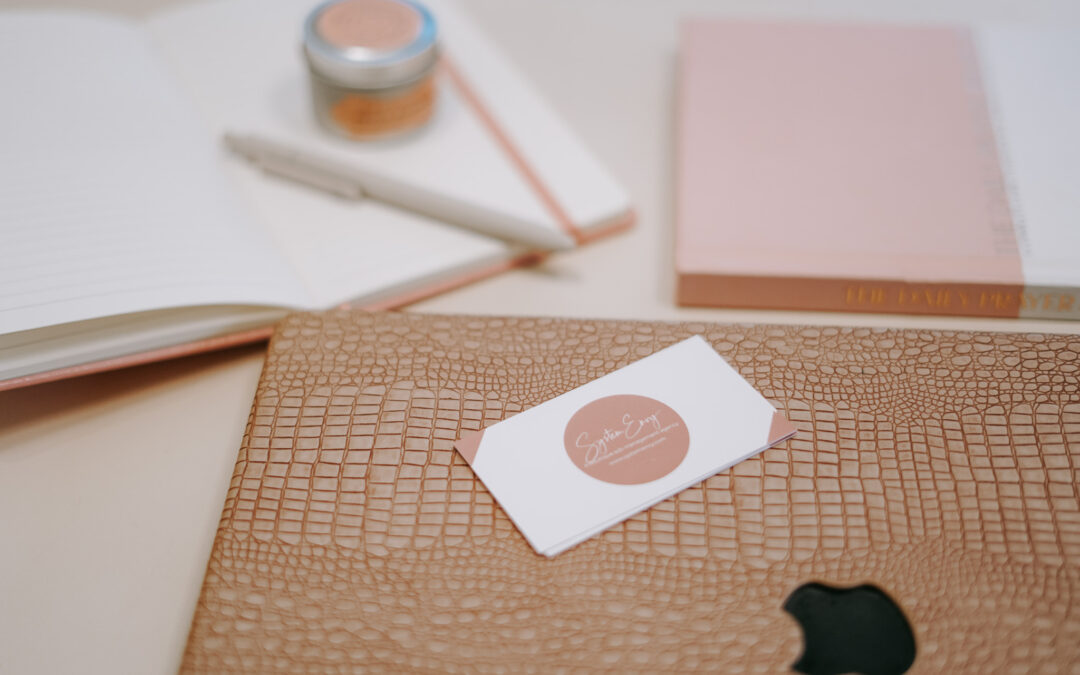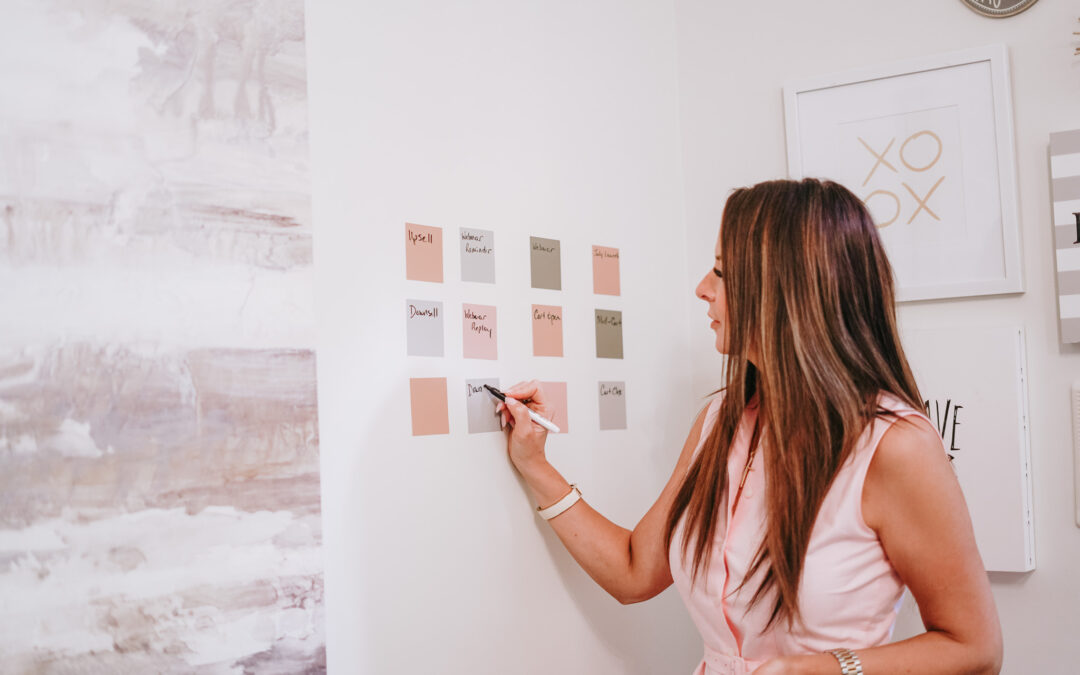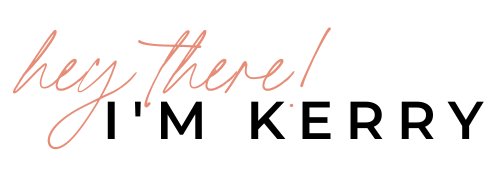
5 Marketing Myths You Won’t Want to Fall For
As a Facebook ads agency owner — and as an entrepreneur myself — thinking about marketing is a BIIIIG part of my life.
(Like, a really big part of my life.)
This means that I find myself constantly thinking about the best tips, tricks, and tools for marketing my clients’ businesses (and my business!), and it also means that I regularly find myself faced with some, um… ~untrue things.~
Now, trust me here. I know that everyone is allowed to have their opinions when it comes to marketing (as they do with life)! But I also know, firsthand, that some of the opinions people tend to have are, quite literally, myths. And, if you believe the myths, you can accidentally get caught up in the wrong things and set yourself really far back.
You deserve better than that.
5 marketing myths you won’t want to fall for
So, because I love ya, here are 5 of the biggest marketing myths I see my clients and friends falling for (so that you don’t fall for them, too).
Myth 1: “If your offer is great, it will sell itself.”
I’d loooove to tell you that great offers sell themselves — but, sorry… they don’t. Anyone who tells you this is choosing to ignore the fact that consistent sales (even when they seem effortless or passive) have BIG-TIME strategy behind them.
Now, don’t get me wrong: you can make it SEEM like your offer is selling itself, too. You can. But if you want to get to this place where your offer is seemingly selling itself, you need to be doing at least one of the following:
- Actively creating content that’s funneling leads into an email campaign for conversion
- Running evergreen ad strategies that target cold and warm audiences
- Marketing via social media or email
- Talking about your offer on podcasts or at conferences
Myth 2: “Facebook ads are only worth it if you have HUGE budgets.”
If there’s one thing I hear all the time, it’s this: “Kerry, I’ve heard that Facebook ads are pointless without massive budgets.”
And, if there’s one thing I want to say all the time, it’s this: “It’s not TRUEEEE!”
I promise! I have seen absolutely massive results from ad campaigns with small budgets, and I have seen not-so-great results from ad campaigns with huge ones. This is because your budget is the tiniest piece of the puzzle. If you have an engaged, loyal audience who trusts you, knows you, and values your opinions, you’re already winning at the ads game. It’s that simple. When you combine that with killer targeting, the right offer, and excellent creativity, your budget barely matters.
Myth 3: “More followers = more $$$.”
I’ll bounce off the budget convo with another one I hear all the time — and that’s that big follower count matters. Guys. It doesn’t. It all goes back to the engagement of your audience and the quality of your content.
Just think about it: let’s take someone with a million followers who has no audience connection and never provides any value.
Then, on the other side, let’s take someone with 5,000 followers who regularly engages with her audience, shares value, and makes people feel included.
Who do you think would have more success with encouraging someone to ACTUALLY buy something? I can guarantee ya that it’s not the person with a million followers, y’all. It’s not.
Myth 4: “Short-form content > Long.”
Another thing you’ve probably heard a LOT is that people don’t have the attention spans for longer content anymore — and I have thoughts on this.
First, sure. People do like short-form content and, these days, people do tend to move on quickly — especially from things they’re not already bought into.
However, that doesn’t mean that people don’t like long-form content TOO. There is room for a mix of both. I promise. It’s why we test ads with shorter and longer copy, why we mix up video and text within campaigns, and why you watch TikTok *and* Game of Thrones.
People are multifaceted. 😜
—
So, my friends, there you have it! Those are some of the biggest myths I see over here — and, more importantly, they’re the ones I want you to make sure to avoid believing.
You’ve got this.
